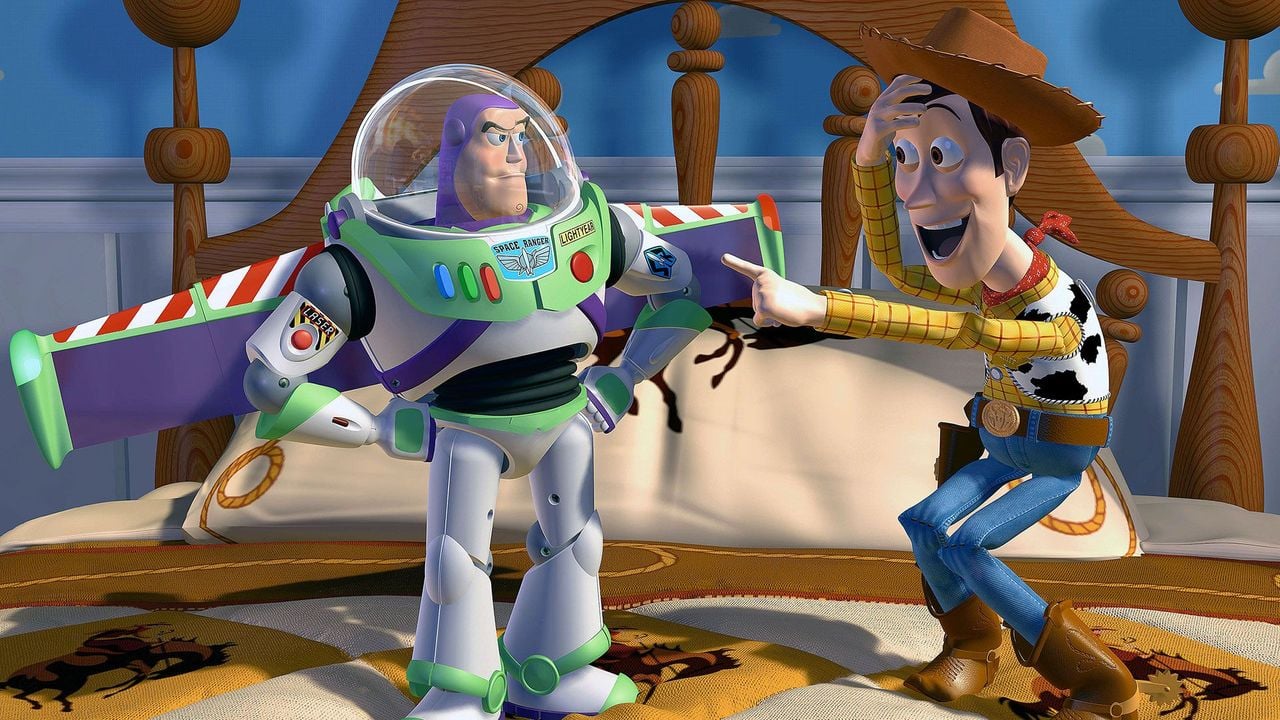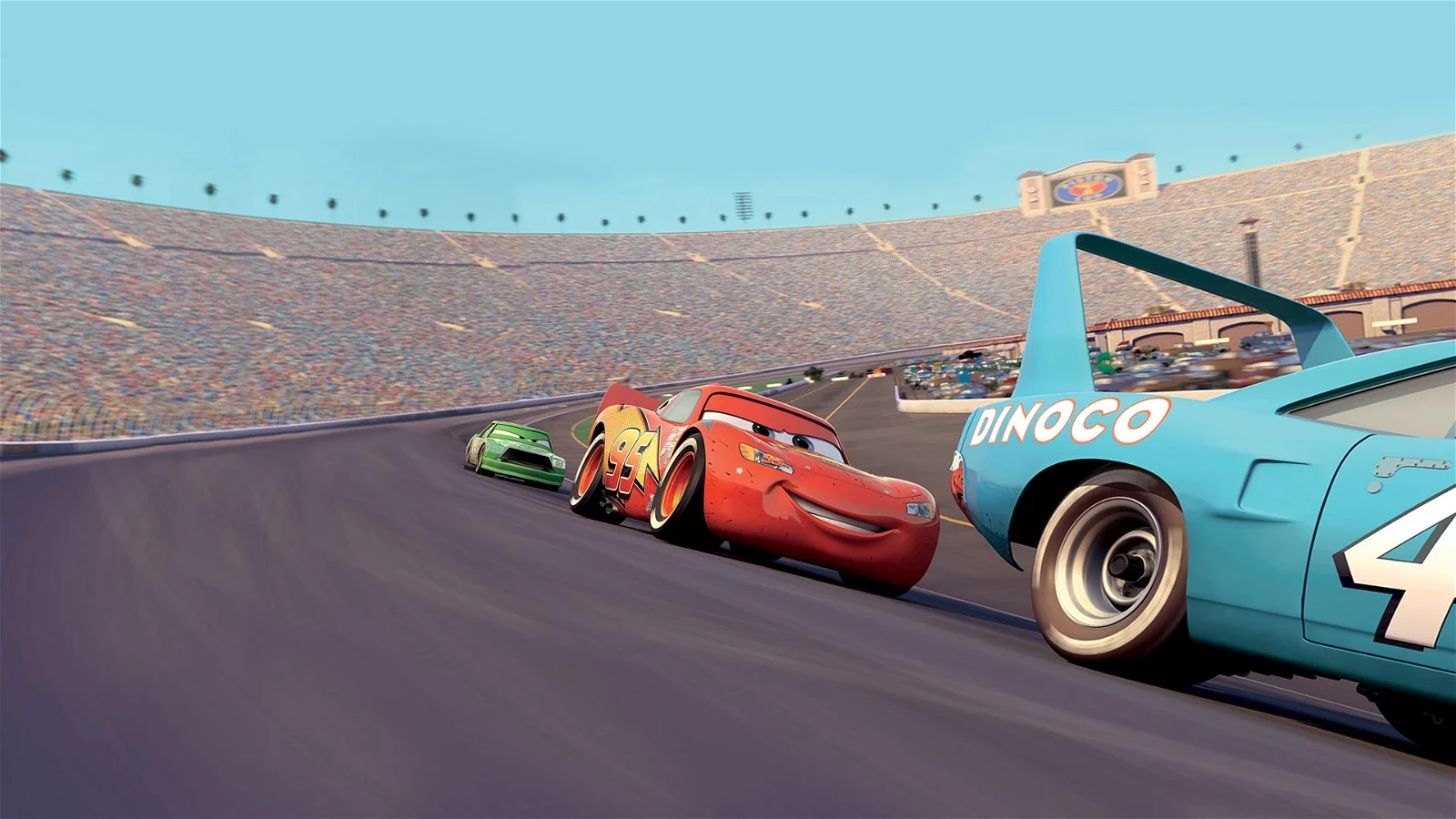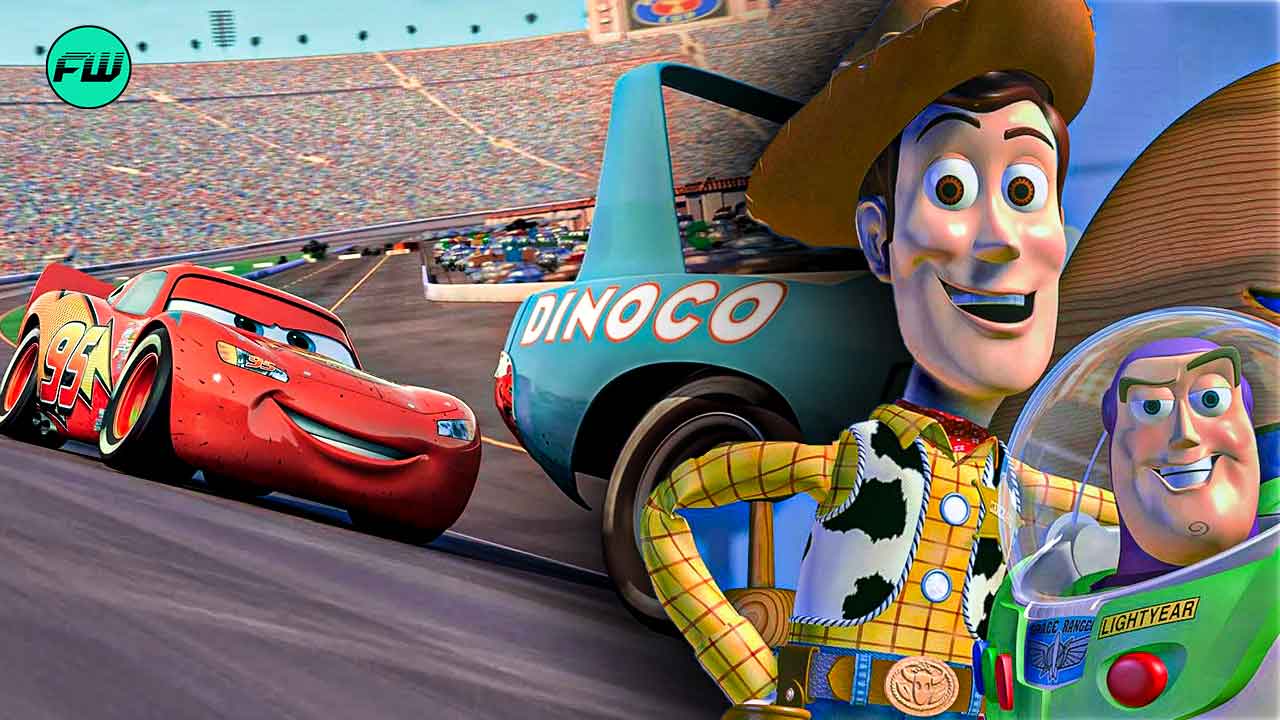After Toy Story, Toy Story 2, and A Bug’s Life, John Lasseter directed his fourth film collaboration with Disney and Pixar, Cars (2006). By the time Pixar animated the story based on anthropomorphic cars, technology had advanced far from what they had used for their revolutionary first film in 1995. According to the reports, the computers used for animating Cars were 1000 times faster than those used in Toy Story.

However, the development of Cars began in 1998 right after the production of A Bug’s Life. It took years for Disney to come out with the film that had clean animations and used some advanced animation techniques. The efforts paid off handsomely as Cars became the sixth-highest-grossing film of 2006.
Why Did Cars Take More Time For Pixar To Make Than Toy Story Even With Faster Computers?

Making the 2006 animated feature Cars was no easy feat for John Lasseter and the team of animators from Pixar. They had more advanced computers than the ones they used to create Toy Story earlier. In a feature about Cars in The New York Times, it was reported that computers used in this film were four times faster than those used in The Incredibles and 1000 times faster than those used in Toy Story.
However, Cars took its sweet time to develop mainly because Lasseter wanted the film to have the most authentic look. The main culprit was identified to be an algorithmic rendering technique known as ‘ray tracing’. In the Cars production notes released by Disney, the supervising technical director of the film Eben Ostby shared the biggest challenge that led to the use of this technique.

He shared that Lasseter wanted the cars to have metallic and painted surfaces. They usually use matte-based technology to cheat reflections, but Ostby revealed that Lasseter insisted on seeing real reflections in the film. Ostby shared that the Cars team, therefore, added the ray tracing capability to their existing Renderman program. Ostby shared in the Cars Production Information:
Given that the stars of our film are made of metal, John had a real desire to see realistic reflections, and more beautiful lighting than we’ve seen in any of our previous films.
In the past, we’ve mostly used environment maps and other matte-based technology to cheat reflections, but for Cars we added a ray-tracing capability to our existing Renderman program to raise the bar for Pixar.
According to the document, the addition of reflections added a massive render time. The average time to render a single frame of the film was 17 hours. Even with 3000 computers working on the film, one second of the finished film often took days to complete.
John Lasseter Shared It Took Months Of Trial And Error To Figure Out Cars Animation

The production notes also detailed that John Lasseter visited the design studios of the Big Three Detroit automakers. He and his team learned a lot about the design of cars before they sat down to flesh out their characters.
Lasseter shared that it took many months for the team to figure out how each car moved and how the world of cars worked. He shared that through trial and error, the team determined the unique movements of each character. He shared that the new sports cars and the older ’50s cars had different movement styles and helped the team to give them unique personalities.

Lasseter shared:
It took many months of trial and error, and practicing test animation, to figure out how each car moves and how their world works. Our supervising animators did an amazing job working with the animation team to determine the unique movements for each character based on its age and the type of car it was.
Some cars are like sports cars and they’re much tighter in their suspension. Others are older ’50s cars that are a lot looser and have more bounce to them. We wanted to get that authenticity in there but also to make sure each car had a unique personality.
Cars received positive reviews upon release and grossed $462 million worldwide (via Box Office Mojo). In comparison to the 3000 computers that worked on Cars, Pixar’s first film Toy Story worked with a staff of 110 people, including 27 animators and 22 technical directors, and they used 400 computers (via EW).
Both Cars and Toy Story are now available for streaming on Disney+.



